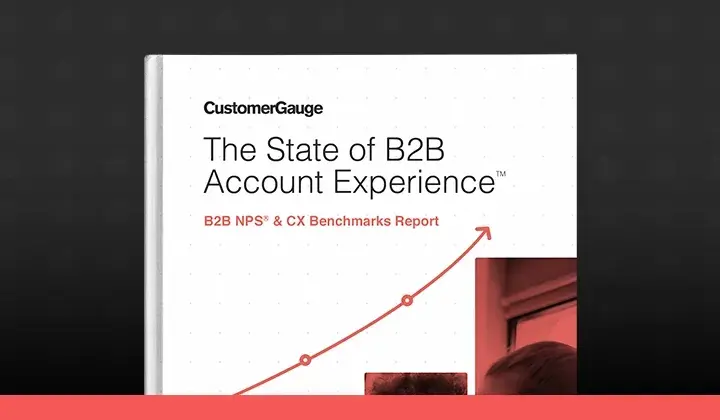If customers are the lifeblood of any business, then Net Promoter® is the tool by which to measure the health of a business. So how do successful customer experience professionals convince top management the value of NPS?
The answer: It’s not just about happier customers - it's about making an ROI on increased future revenue. But how do you show this future revenue growth? Start by measuring customer loyalty on the Net Promoter® 0 – 10 scale.
Your most loyal customers (“Promoters”) are those that have scored you 9 and 10 and are more likely to:
- Refer other customers (this provides a substantial reduction in acquisition costs)
- Up-sell/Cross-sell – more likely to buy more from you
- Reduced Cost to Serve – most likely to need less help in using your product
- Grow with you – likely to give you useful feedback, and become a valuable marketing partner
In short: Promoters are likely to be significantly more profitable than the average customer.
Detractors (those who score 0 – 6) are more likely to:
- Spend less on your product
- Cost more to service
- Need incentives to stay a customer
- Defect to competition
- Negative word of mouth
It’s likely that these will be less profitable – or even cause you losses.
How important is customer loyalty to you?
There's a common misconception when it comes to Net Promoter® is that it is hard work without much value. However, ask yourself and the rest of your company: How important is it to your company to hold onto customers?
Promoters equal greater revenue because of one simple factor: they are more loyal than detractors. What is the loyalty then of your customers or how many of your customers each month, quarter or year churn?
We spoke to one company recently that estimated their annual retention to be just 50%—that’s half of their business in the coming year that is likely to be lost. Instead of having to chase up new business, they could easily focus on retaining some of these clients.
Retention problems? That’s just the beginning of the story: Customer Lifetime Value (CLV)
The Temkin Group’s yearly customer experience reports show that promoters are more likely to have a greater customer lifetime value than detractors.
If you can show management one thing, it needs to be this: Although Detractors do NOT remain customers for as long as Promoters, the real knockout blow comes from the fact that Detractors spend far less.
When it comes to loyalty, the devil is in the details. It is not how long a customer stays loyal but how much they spend in that period that is important, and those that love your company will spend more. In a finding by LEGO, this ability to up-sell and cross-sell is well demonstrated. It showed that in a set period of time promoters on average spent 208 euros while detractors hovered around 136 euros. Promoters spent 53% more than detractors!
While in another finding by Bain, Promoters gave their primary bank almost 45% more of their household deposit than detractors and bought 25% more products from the bank than detractors.
CLV isn’t just what the customer spends. The likelihood of promoters to spread positive word of mouth increases as we go from those who give scores 7 to 8, 8 to 9, and 9 to 10. Bain found that more than 80% of positive referrals came from promoters while detractors equate for almost 80% of negative referrals. This greater likelihood to recommend means potentially new customers with little effort on the part of the company.
Lastly, happy customers demand less of companies. Detractors, on the other hand, raise the cost of serving them through repeated service interactions and the need to provide discounts and gifts to keep them appeased.
You can make a very detailed calculation of all these factors, but as a shortcut, you can measure the number of promoters and detractors, and provide an estimate of the increase in sales from promoters (say 15%) and the amount lost on detractors (say 20% on average).
Following this, you can model what profits and retention revenue would be if you could increase your promoters – that’s what the NPS score can do.
Voilá – you now have an ROI model for your management team….
Are you measuring and managing your customers’ lifetime values?
What is your company doing about retention revenue; who and what is responsible?
Want to know which customers are likely to spend more or do you have a large numbers of customers leaving quickly, and you want to know whom they are? This is what NPS was built for.
NPS gives companies the capacity to track and identify the loyalty of customers, so that actions may be taken to improve each and every customer experience, to improve customer loyalty and profits.
Don’t struggle in vain to convince management of the need for happy customers. Instead, go and find the figures, crunch the numbers and show management just how much revenue is being lost.
Read about LEGO and the word of mouth of promoters at:
http://www.freshminds.net/2009/04/the-net-promoter-score-and-the-value-of-promoters/
http://www.theultimatequestion.com/theultimatequestion/company_example_dell.asp

